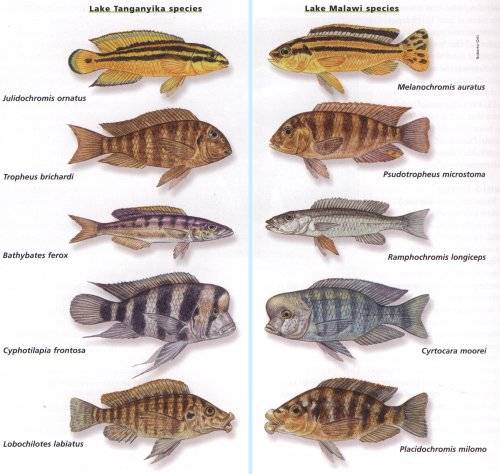And the earth brought forth grass,
and the herb yielding seed after his kind,
and the tree yielding fruit,
whose seed was in itself, after his kind:
and God saw that it was good.
And God created great wild beasts,
and every living creature that moveth,
which the waters brought forth abundantly,
after their kind,
and every winged fowl after his kind:
and God saw that it was good.
And God made the beast of the earth after his kind,
and cattle after their kind,
and everything that creepeth upon the earth after his kind:
and God saw that it was good.
"More than 99 percent of all species, amounting to over five billion species, that ever lived on Earth are estimated to be extinct. Estimates on the number of Earth's current species range from 10 million to 14 million, of which about 1.2 million have been documented and over 86 percent have not yet been described." (Wikipedia)
What is the most populous species (kind??) on Earth?,
"Mammal: Humans are likely the most numerous species of mammal on Earth at the moment. Having reached some 7 billion in 2011, we outnumber our fellow furries by a wide margin." (britannia.com) But, how about ants? "1 Million Billion Ants Live on Earth: The number “1 million billion” may sound made up or incalculable, but you'll reach it trying to count all the ants on the planet. We share the Earth with an estimated 1 quadrillion ants spread out over more than 12,000 ant species." (ants.com) "Ant genomes are about one-tenth of the size of human genomes."
Much of the history of biological research has been devoted to discovery and classification of a seemingly almost unlimited number of plant and animal species (kind??). In early history this classification had to be based upon physical characteristics of the species being studied. Many biologists then grouped these species according to their evolutionary theories based upon these physical characteristics. However, with the advent and widespread application of molecular systematics in which DNA sequences are used, a large number of surprises are being discovered. Species that would seem to be clustered together due to their structural characteristics are not always genetically similar. Consider a small freshwater fish called the cichlid. They are scattered through out the Southern Hemisphere and numerous examples occur in the African lakes of Malawi and Tanganyika. See figure below.

As more systematic mitochondrial DNA studies are conducted the same story emerges for many plant and animal genera including mangabey monkeys, river dolphins, anolis lizards, ranid frogs, bats, sticklebacks, and pericallis ( a genesis of plants related to the sunflower). There are animal and plant species among each type that have very strong common physical characteristics but genetically they must have originated separately. They have many common physical characteristics including the same type eye, the same skeletal characteristics, undergo the same type larval sequences, have the same brain structure, identical dental types, etc.. In a recent breeding experiment with the sticklebacks in a laboratory environment, the genetically dissimilar, but physically similar species from different lakes tried unsuccessfully to interbreed. Demonstrating the profound physical and behavioral similarities of the genetically dissimilar species. (Howard D. Randle et al., Science 287(2000) 306-8) In the case of the mangabeys, when the genetic differences were discovered the scientists conducted additional skeletal studies and discovered very minor differences. However, the differences were so slight that it is doubtful that these differences would have been recognized at all, let alone be accepted as evidence for a separate classification. (John G. Heagle, et al., Proceedings of the Nat. Acad. of ScienceS, USA 96(1999): 1157-61)
"... No finale can be specified at the start, none would ever occur a second time in the same way, because any pathway proceeds through thousands of improbable stages. Alter any early event, ever so slightly, and without apparent importance at the time, and evolution cascades into a radically different channel." (Stephen J. Gould, " Wonderful Life:..." W.W.Norton & Company, 1989)
How then could an evolutionary process based upon random mutational changes result in remarkable physical similarities among genetically diverse species that theoretically originated through separate evolutionary pathways including different environmental circumstances? How could the eye structure of the cephalopods (nautili, cuttlefish, squids, and octopods) have evolved to be remarkably similar to that of the vertebrates when the first requires a totally aquatic environment and the second a primarily terrestrial environment? The sandlance (a fish) and the chameleon (a reptile) have a similarly unique eye structure in that they both use the cornea of the eye to focus on objects using a specialized cornealis muscle while all other reptiles and fish use the lens of the eye to focus. Again, how do evolutionary theories explain such amazing occurrences of repeated identical physical characteristics due to supposedly diverse evolutionary channels?
Created kind versus evolved kind ??: the debate will go on forever it seems, but the answer for believers in the accuracy of the Scriptures is simple, created kind !!

